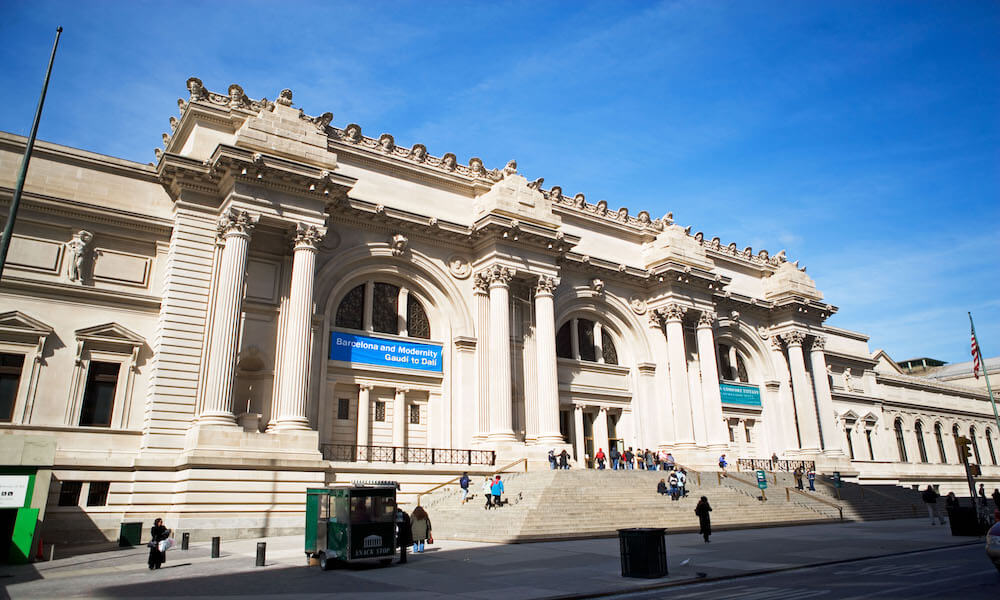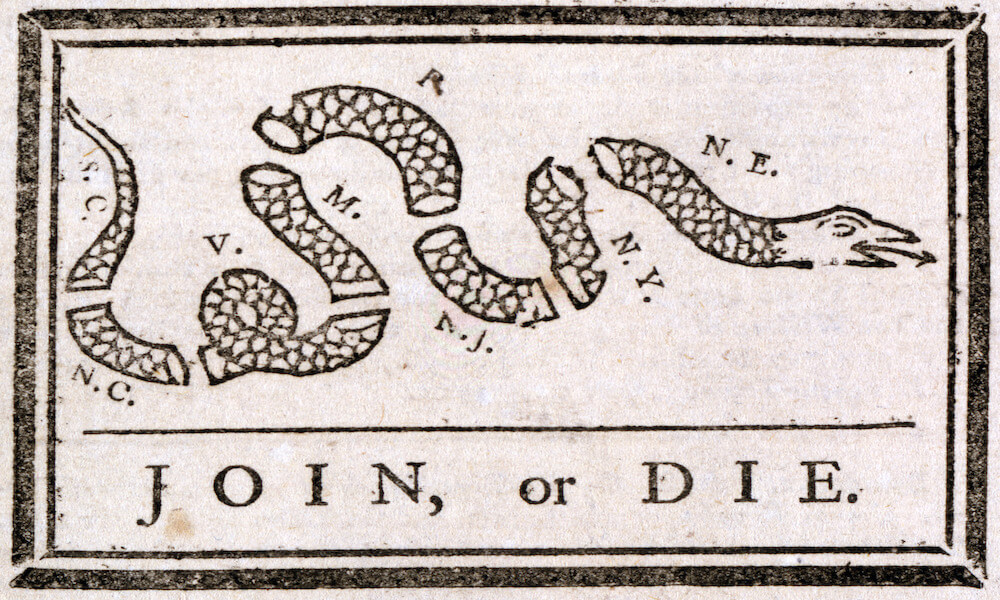Matthew Henson, the Arctic Explorer Who Stood on Top of the World
Source: Mental Floss
Read about the controversy surrounding Matthew Henson’s claim as the first person to reach the North Pole.

Read about the controversy surrounding Matthew Henson’s claim as the first person to reach the North Pole.

Henry Louis Gates describes what it was like to grow up as an African American in a West Virginia town in the 1950s.

Maps, and sometimes their inaccuracy, played an important role in the French and Indian War and in the Revolutionary War.

Read about how ethnic media has provided a link between immigrants’ old countries and their new homes in the United States throughout history.

Read this overview of the Spanish American War and watch the related video about Theodore Roosevelt’s role in it.

Read about the work of Civil War photographers, who mostly shot post-battle scenes and camp life, because the laborious process prohibited them from safely documenting the action of battle. Click the image at the top to view a slideshow of photos from the time.

What did the Emancipation Proclamation really do? Three myths about this document are addressed in this article, which was written for the 150th anniversary of its signing.

Go back in time to explore the hiding place of Anne Frank on this website. With background information on the people, places, and things that happened, as well as an interactive 3D model of the secret annex, this site provides a truly immersive experience.

The philanthropy of the wives of some of the richest men in American history supported universities, museums, and other institutions. They redefined the traditional role of wealthy women, setting a standard for today’s philanthropic community. Learn more in this short feature.

At the time of the American Revolution, not every colonist wanted to sever ties with the British Crown. In this short interview, a historian describes the perils of being a Loyalist during and following the Revolutionary War.